How militants from Pakistan are building alliances that defy borders
As Pakistan suspects a new militant nexus, signs are emerging that the TTP is no longer fighting a local war, but cultivating a regional insurgency
Azhar Khan
Producer, Karachi Desk
Azhar Khan is a journalist with over 14 years of experience across print, electronic, and predominantly digital media. He has recently held key editorial roles at leading media organizations.
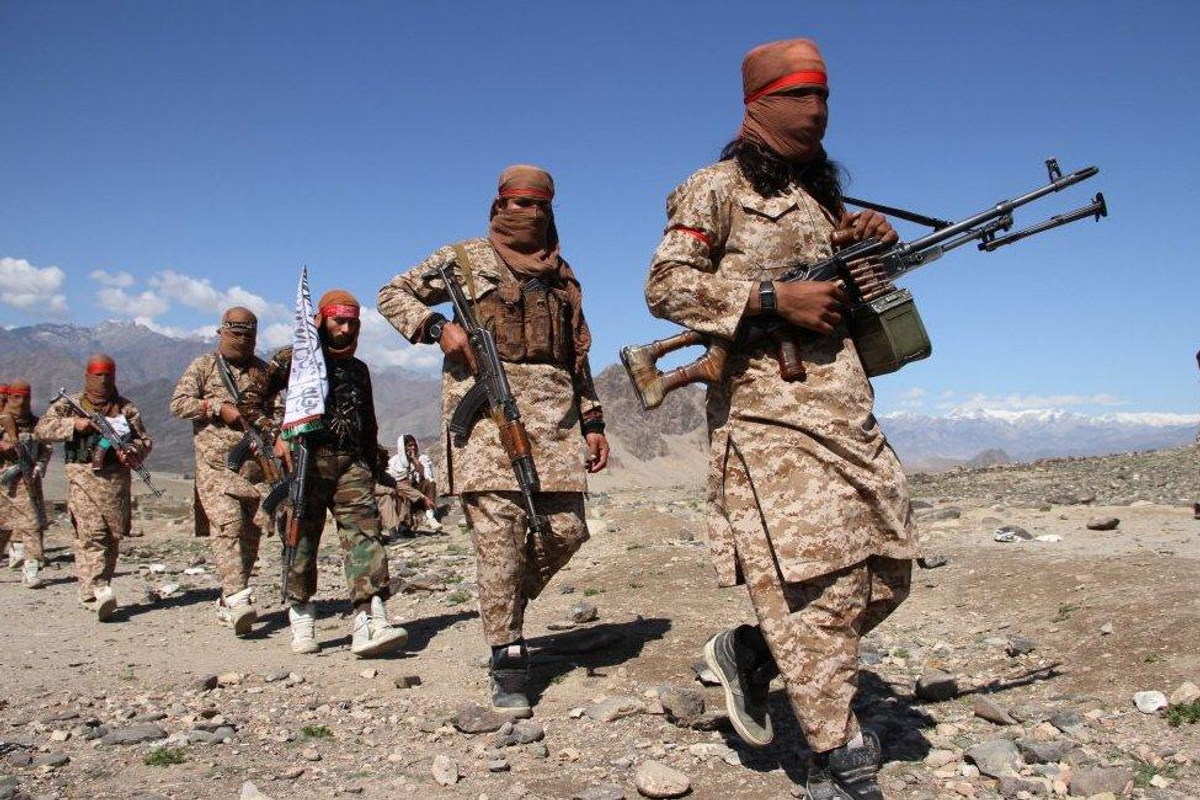
Taliban fighters in Laghman Province, Afghanistan, 2021.
AFP
In the rugged borderlands between Pakistan and Afghanistan, a new kind of militant movement is taking shape - one that no longer speaks with a single accent or carries a single flag.
What began as a Pakistani insurgency has started to resemble something far more complex, forming a cross-border alliance of fighters stretching from Central Asia to the Bay of Bengal.
The Tehreek-e-Taliban Pakistan (TTP) — once seen largely as a domestic threat — has gradually evolved into a transnational network, drawing recruits from neighboring countries and finding safe haven in Afghanistan. This shift, long observed in various reports, is redrawing the militant map of South Asia.
Senior journalist Shamim Shahid told Nukta that the TTP’s cross-border footprint has been expanding for years.
Different fighters have been with the Taliban since long before 9/11 and after the Taliban government collapsed in Afghanistan, the group started sending its men into Pakistan around 2002-2003.
Many of them, he added, remained in South Waziristan before moving northwards by 2007 - laying the foundation for what later evolved into the TTP’s strongholds.
Pakistan’s ambassador to the United Nations, Munir Akram, delivered a stark warning to the UN Security Council earlier this year. He said Afghanistan was now home to more than 20 terrorist groups and accused the Taliban government in Kabul of providing “space and support” to the TTP.
“What we are seeing,” Akram told the Council in March, “is an evolving coalition of militants with ambitions that reach well beyond Pakistan’s borders.”
The warning came against a grim statistical backdrop. According to the Global Terrorism Index 2025, Pakistan is now the second-most affected country by terrorism worldwide.
The report recorded a 45% surge in terror-related deaths between 2023 and 2024, and more than a thousand attacks - the highest number in a single year since records began.
Pakistan reaffirms action against all militants
When asked by Nukta whether the Foreign Office had estimates of how many foreign fighters were currently operating among the TTP ranks, spokesperson Shafqat Ali Khan said such sensitive information is typically shared directly between intelligence agencies.
He added that, regardless of formal channels, Pakistan takes action under its laws against any militant found on its soil, “regardless of nationality.”
From local insurgency to foreign legion
The TTP’s evolution from a tribal insurgency to a multinational militant franchise has been gradual but deliberate. Officials believe the group has leveraged its ideological proximity to the Afghan Taliban to forge alliances with regional outfits and attract foreign recruits.
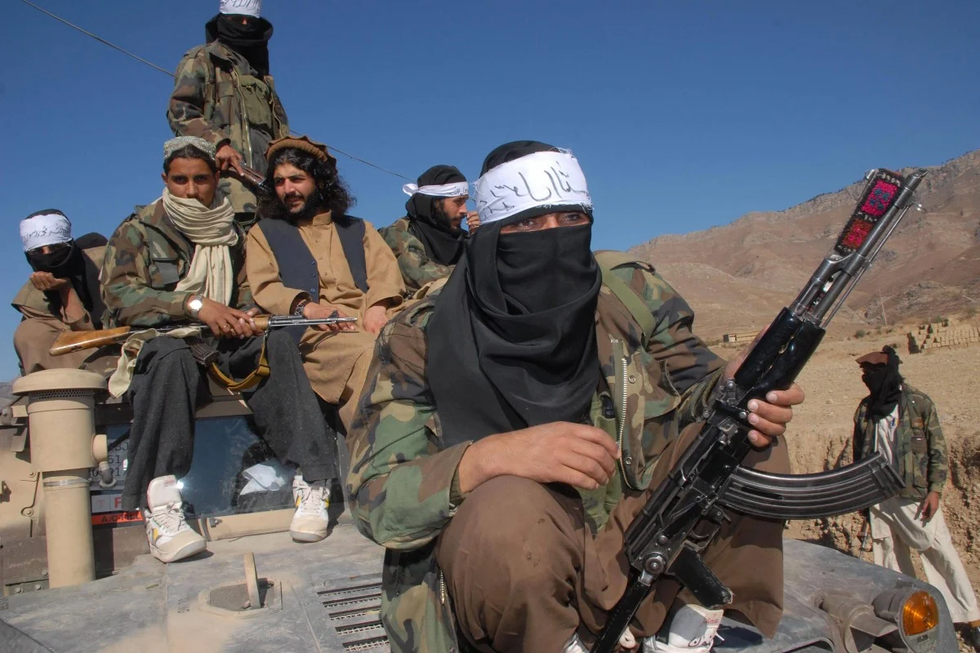
Shahid noted that the state’s early approach toward such fighters helped entrench them. He pointed to the September, 2006 peace agreement signed between Pakistani militants and state institutions in the presence of then-governor KP Ali Muhammad Jan Orakzai.
“It was mentioned in that agreement that foreign and local fighters would not be targeted by the government,” he said, “and in return, they would not attack Pakistani forces.” Yet, he added, “during that time, the torture of civil servants and residents was rampant.”
Foreign militants within the TTP’s ranks were seldom arrested until 2014.
He added that those who were detained were mainly found in settled areas of Khyber Pakhtunkhwa, and only top leaders affiliated with Al Qaeda were actually apprehended.
Bangladesh has since emerged as one of the more unexpected frontiers in this recruitment drive. In Dhaka, authorities have recently detained six men accused of travelling to Afghanistan via Pakistan to join the TTP, according to local media.
Police officials claim that as many as 100 Bangladeshis may have ties to the group or its affiliates, including Ittihad-ul-Mujahideen Pakistan - a coalition of smaller militant organizations.
The revelations followed the discovery that a Bangladeshi national, Faysal Hossain, was among 17 militants killed by Pakistani security forces in the Lakki Marwat district in late September.
His family in Dhaka said he had told them he was headed to Dubai for work. “He said he would go via India,” his brother Arman recalled to Nukta. “We never heard from him again.”
His death and those of other foreign fighters identified in recent operations has deepened fears that the TTP’s reach is extending eastward, beyond its traditional Afghan sanctuaries.
Shahid claimed extremist religious elements remain the main source of unrest in Khyber Pakhtunkhwa and are “backed by the government as well.” He added that currently, there are few foreign fighters in the province’s tribal areas - mostly those who were brought in during August 2022, estimated at around 5,000 people.
He also noted that Afghanistan continues to host a large number of foreign militants, including Uzbeks, Bangladeshis, and others, though determining their total number is difficult. “In the past,” he said, “the Taliban had around 44 camps for foreign militants and those didn’t even include the TTP.”
Echoes of an older alliance
The presence of non-Pakistani militants in the TTP’s ranks is not entirely new.
In his book Lost to the World, Shahbaz Taseer - son of the slain Punjab governor Salman Taseer - recounts his years in captivity after being abducted by militants in 2011 and later rescued by security forces from Balochistan’s Kuchlak area in 2016.
“They spoke an unfamiliar language,” he wrote. “Later I would learn they were from Uzbekistan.” One of his guards, he noted, “hailed from Kazakhstan” but spoke enough Urdu to communicate.
Taseer’s testimony reads today like a warning that went unheeded. Central Asian fighters were known to have participated in the 2014 Karachi airport attack, a bloody all-night siege that killed 37 people.
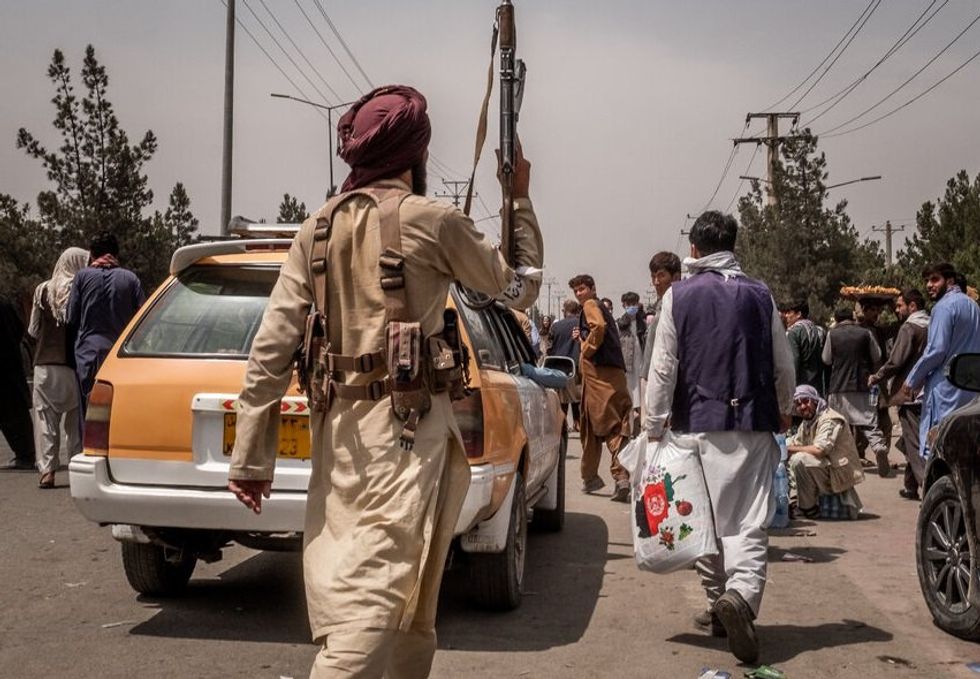
The pattern appears to be repeating, with newer recruits now coming from South Asia instead of Central Asia - reflecting how militant networks adapt as regional conflicts shift.
According to security analyst Imtiaz Gul, there is so far no concrete evidence of Bangladeshis being recruited by the TTP. He suggested that Uzbeks are more likely to be part of the group, as many had lived in Afghanistan and earlier in South Waziristan long before Operation Zarb-e-Azb.
“It’s possible that some of them later joined the TTP,” he said. “But they’re doing it out of compulsion - not to bolster the group’s strength - because they seek shelter that the TTP or Afghanistan can provide.”
Gul explained that foreign militants - Uzbeks, Tajiks or Afghans - generally function as support elements rather than the TTP’s main force. “They work as the B team,” he said.
These are people disgruntled with their own groups, looking for security or protection.
He cautioned that this dynamic can sometimes mislead investigators. “They think Uzbeks and other foreigners have a big role,” Gul said.
“In reality, they’re secondary actors who tag along for shelter and are occasionally assigned missions and that’s not a big deal for them to continue.”
A regional contagion
Beyond Pakistan and Bangladesh, traces of these networks have appeared elsewhere. In Malaysia, 36 Bangladeshi nationals were detained in June for alleged links to militant groups, according to the New Straits Times.
A Reuters investigation revealed that the suspects - mostly migrant workers - were recruited through social media and encrypted messaging apps, and that some funds had been transferred through e-wallets to groups affiliated with Islamic State in Syria and Bangladesh.
While not all of these operations are directly tied to the TTP, experts say they point to a shared infrastructure of ideology, logistics and digital radicalization that cuts across borders.
For Bangladesh, such developments carry deep unease, surfacing amid political turbulence and an already fragile internal security environment. For Pakistan, they represent the steep cost of a neighbor’s instability — a reminder that Afghanistan’s ungoverned spaces continue to serve as a sanctuary for groups that threaten its soil.
And for the broader region, the re-emergence of a cross-border terrorist movement could herald a new and unpredictable era of militancy, one where national boundaries matter less than shared grievances and encrypted chatrooms.
The TTP’s latest evolution, analysts warn, may not just be a revival of old extremism, but the beginning of something more diffuse - a networked insurgency without borders, languages or fixed loyalties.


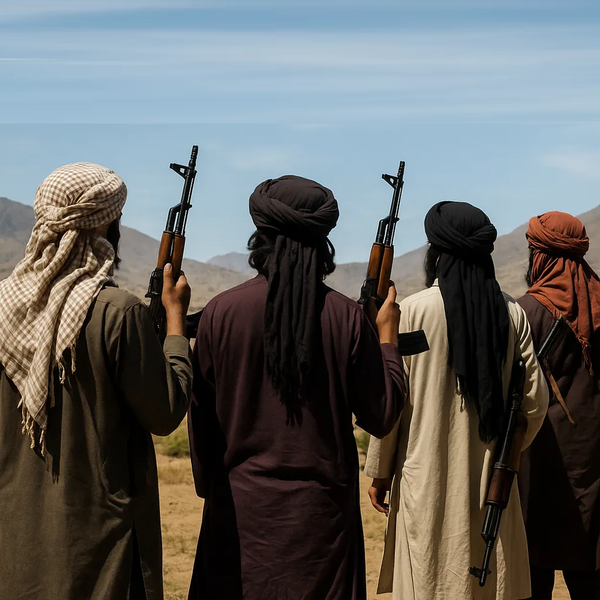
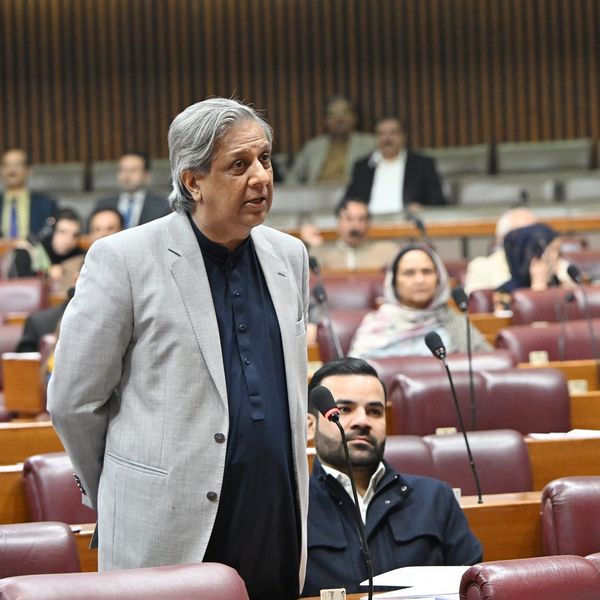

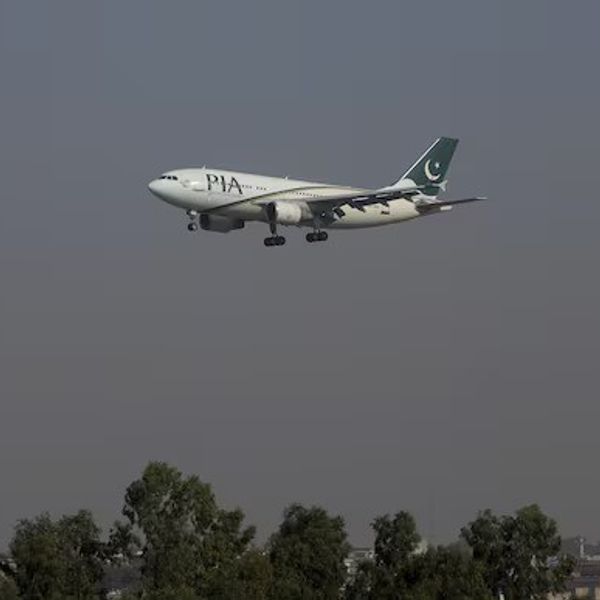




Comments
See what people are discussing